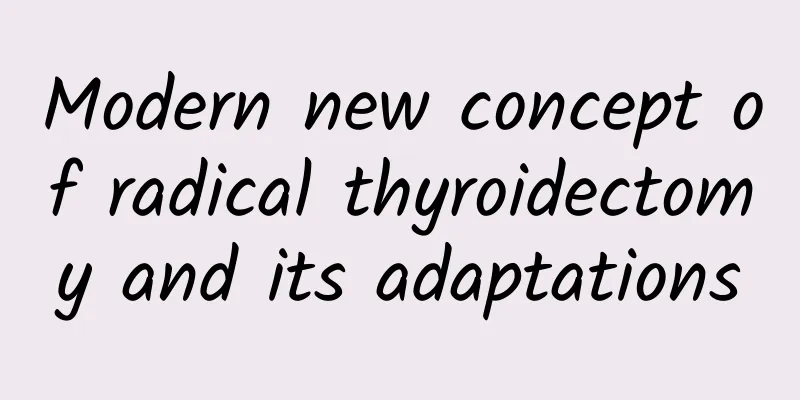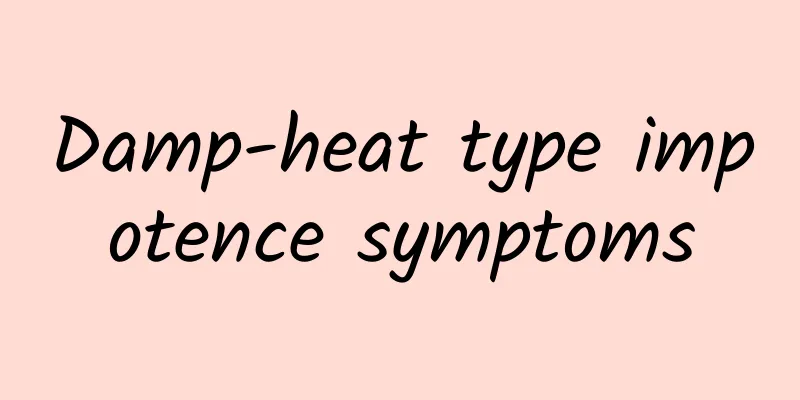Modern new concept of radical thyroidectomy and its adaptations

|
The thyroid gland is the largest endocrine organ in the human body, and thyroid disease is a common clinical disease. In recent decades, the incidence of thyroid disease has increased significantly. Its treatment is mainly surgical, but its surgical method has always been controversial. 1. Changes in thyroid surgery In 952 AD, Albucasis performed the first thyroid surgery in Spain. In 1808, Dupuytren performed the first total thyroidectomy in Paris. In 1872, Kocher in Switzerland first described thyroid capsule resection [1-3]. For most of the 20th century, bilateral subtotal thyroidectomy was the standard surgical procedure for benign thyroid disease; by the end of the 20th century, total thyroidectomy had become the standard surgical procedure for benign bilateral multinodular thyroid adenoma.[3] 2. Academic debate on radical thyroidectomy In recent decades, many scholars at home and abroad have advocated radical thyroidectomy for all thyroid diseases, which has caused controversy in the academic community [4, 5]. There is no consensus on the use of total thyroidectomy to treat thyroid cancer. Australian surgeons will perform total thyroidectomy for well-differentiated papillary thyroid cancer, while North American surgeons will perform unilateral thyroidectomy[6]. Gao Ming believes that the incidence of bilateral multiple thyroid cancer is 20% to 30%, so if the rate of total thyroidectomy reaches 80% to 90%, it may be overtreatment[7]. The main controversy in the treatment of benign thyroid disease is the scope of surgical resection. In the past 20 years, many authors believe that total thyroidectomy should be performed for benign thyroid disease. The reason is that benign thyroid disease is mostly diffuse lesions [4]; the recurrence rate is high after local resection, and the incidence of recurrent laryngeal nerve damage and hypoparathyroidism is high after reoperation [8]. According to literature reports, the recurrence rate after partial or subtotal thyroidectomy for nodular thyroid is 12%~20%, and some even believe that about half of the cases will recur. The risk of permanent complications after reoperation is greatly increased [8]. In recent years, due to the development of highly refined surgical techniques, the complications of total thyroidectomy have not increased significantly. According to literature reports, the incidence of recurrent laryngeal nerve damage is 0.3% to 1.8%, while the incidence of permanent hypoparathyroidism is 0.7% to 6.6% [8, 9]. 3. Surgical indications for radical thyroidectomy There is no consensus on the surgical indications for radical thyroidectomy. Based on the literature, we believe that the surgical indications for radical thyroidectomy include: (1) thyroid cancer, especially bilateral thyroid cancer; (2) distant metastasis of thyroid cancer that cannot be removed and patients with iodine uptake; (3) thyroid cancer recurrence on the other side after lobectomy of the affected side [10]; (4) nodular thyroid or adenomatous thyroid: especially giant, retrosternal thyroid cancer [8, 10]; (5) Graves' disease: due to severe hyperthyroidism, severe eye disease, or allergic reaction to antithyroid drugs [4]. |
<<: What causes thyroid nodule bleeding?
>>: What are the dangers of multiple thyroid tumors?
Recommend
Hard pimples on men's testicles
When a man has such a hard lump on his testicle, ...
What should I do if I laugh so hard that my stomach cramps?
When people are chatting and gossiping together, ...
Why do I sweat profusely after ejaculation?
Ejaculation is familiar to many boys, right? I am...
What medicine should be used for pearly papules on the glans penis
If a boy has an unhygienic sex life for a long ti...
What's wrong with the swelling on one side of the glans?
If one side of the glans is swollen, it may be du...
How long does it take to cure urethritis?
I believe everyone is familiar with urethritis. I...
What causes high uric acid in men?
The reason why men have high uric acid is getting...
Can men eat Guiling Gao?
In the hot summer, the cool and refreshing Guilin...
What should middle-aged men do if they suffer from impotence?
What should men do if they have impotence in such...
Does prostate puncture hurt?
Prostate puncture is actually a kind of examinati...
What happens to men who don't have sex for a long time?
Husband and wife need a healthy and normal physio...
What does it mean when the male urethra is a little red?
The male urethra needs to be kept clean and dry, ...
How to recover from frequent nocturnal emission?
Semen is a kind of reproductive cell produced by ...
How does Chinese medicine treat hyperthyroidism? Conventional treatments for hyperthyroidism
Hyperthyroidism is a common disease in life, whic...
What should men do if they always feel like urinating but can’t?
Many men work very hard for a living, and sometim...









